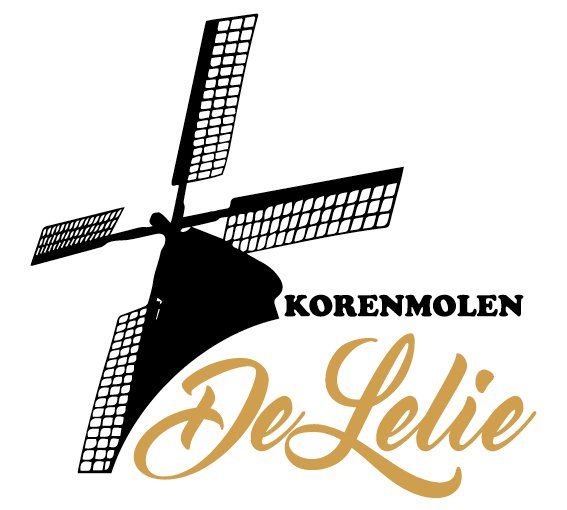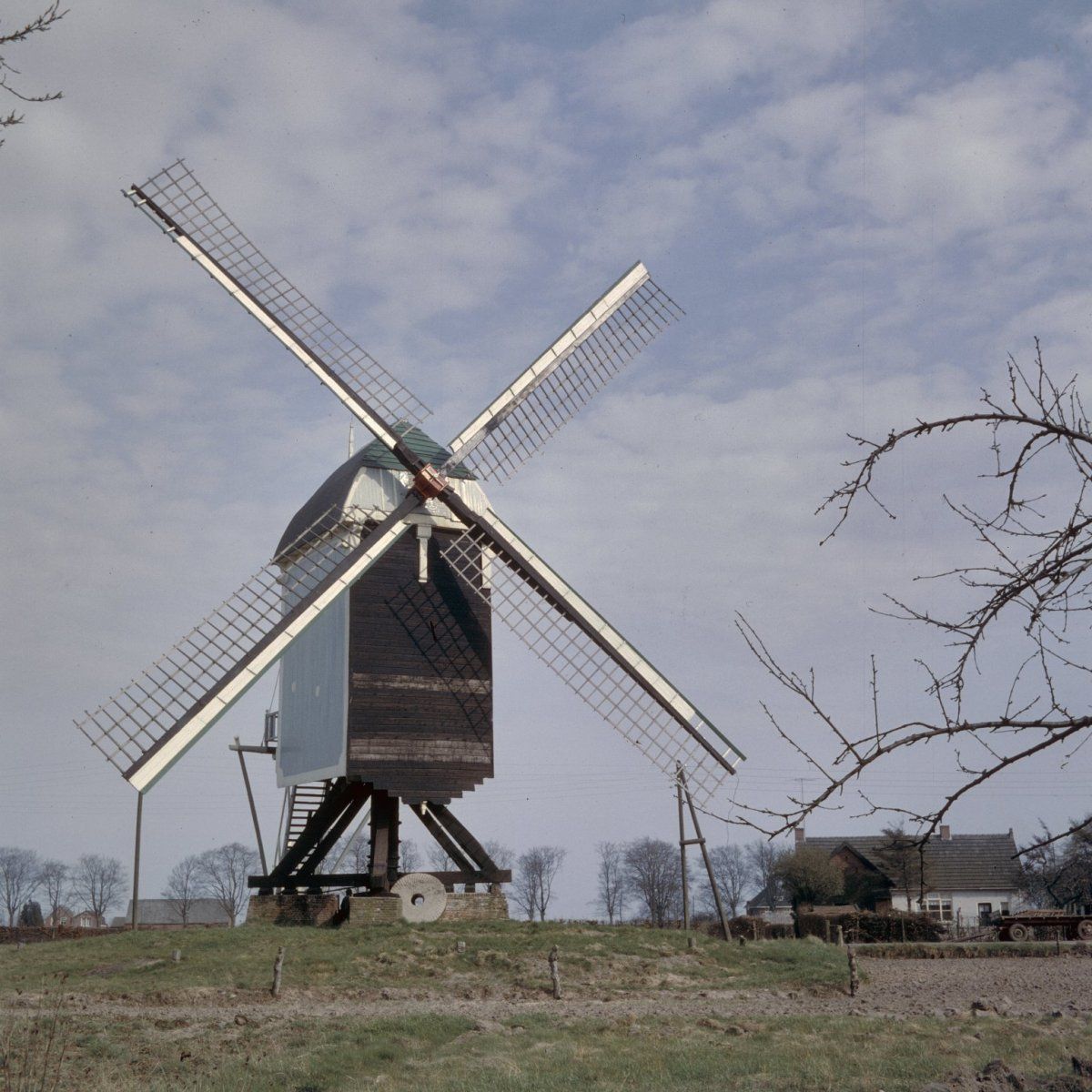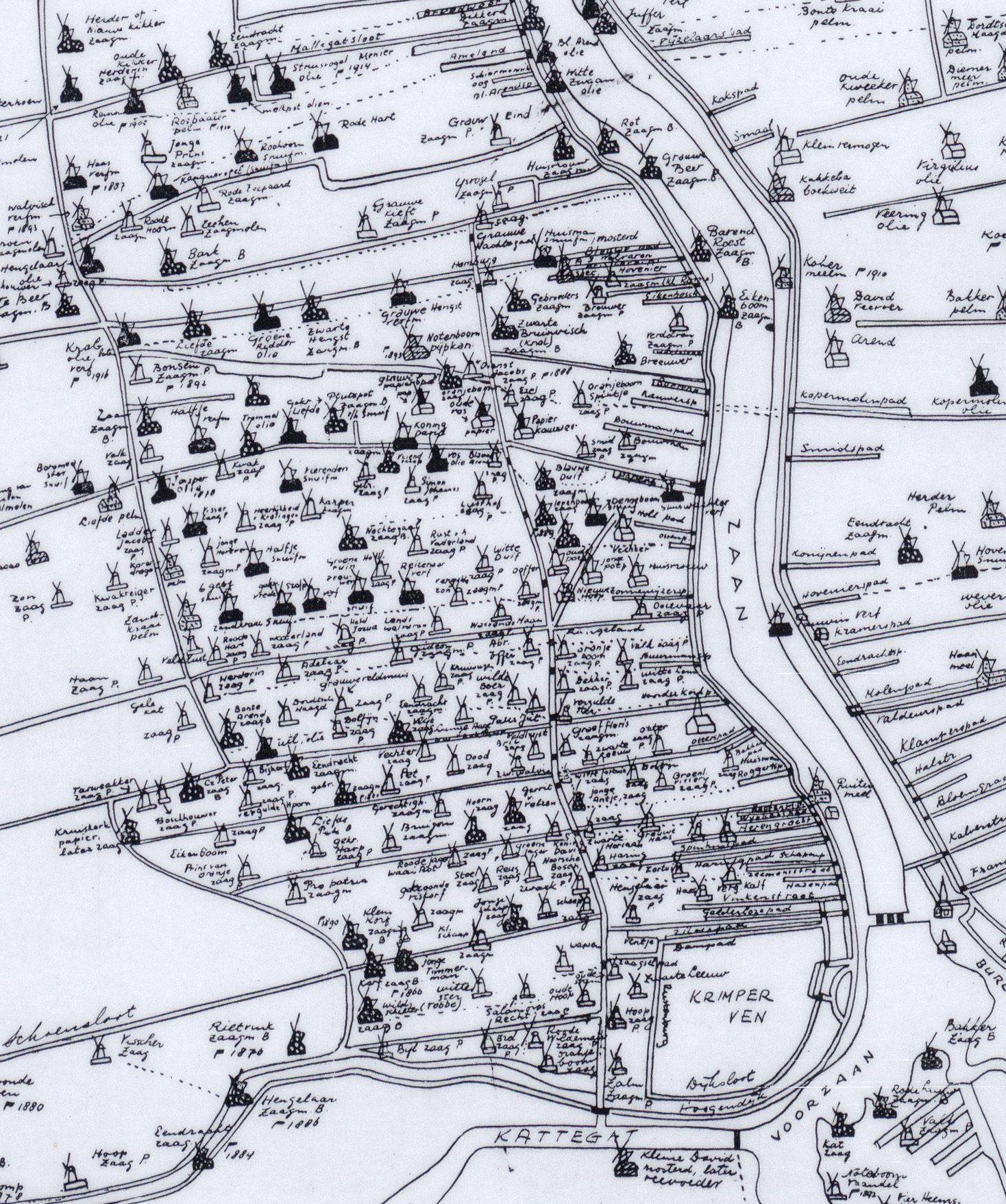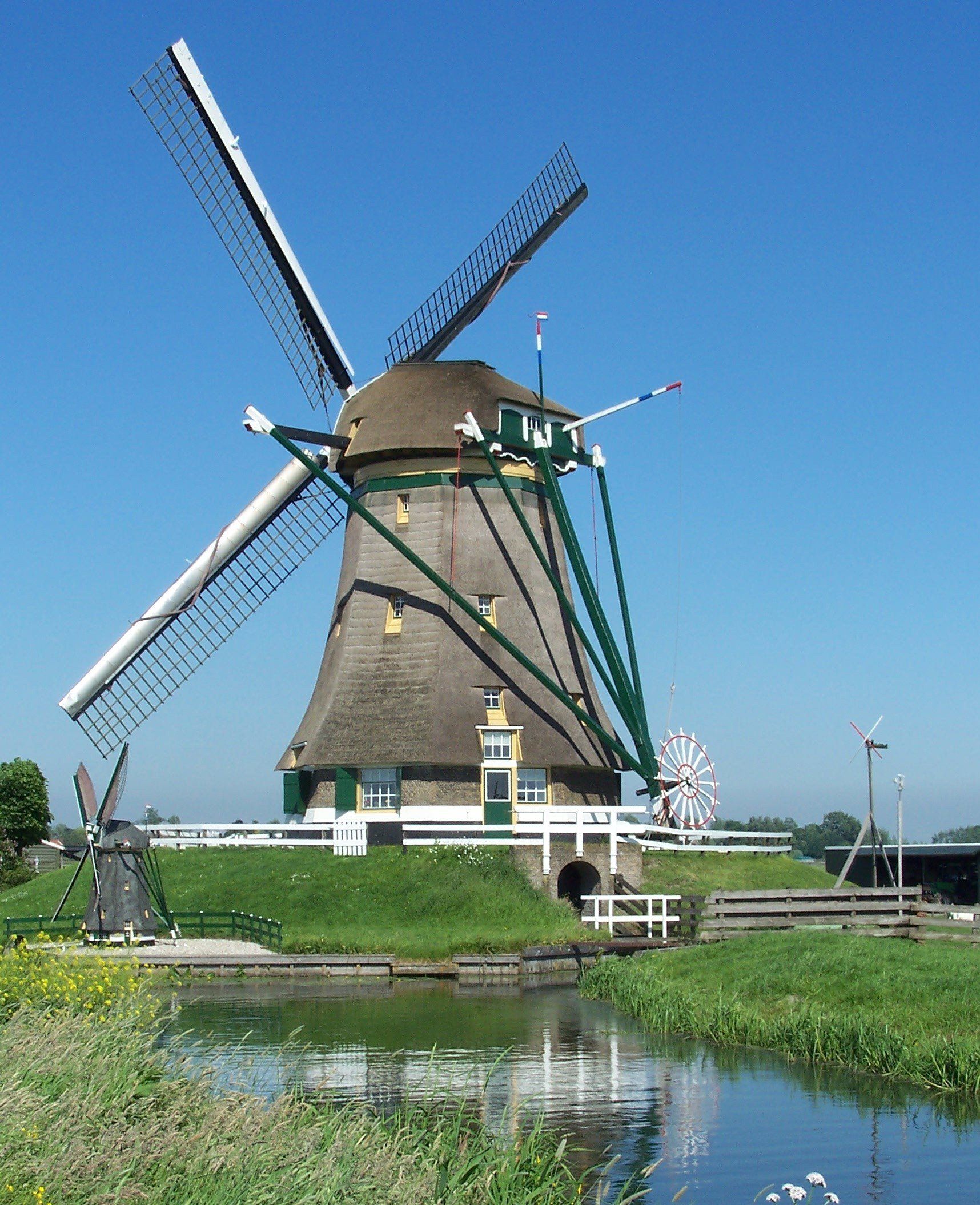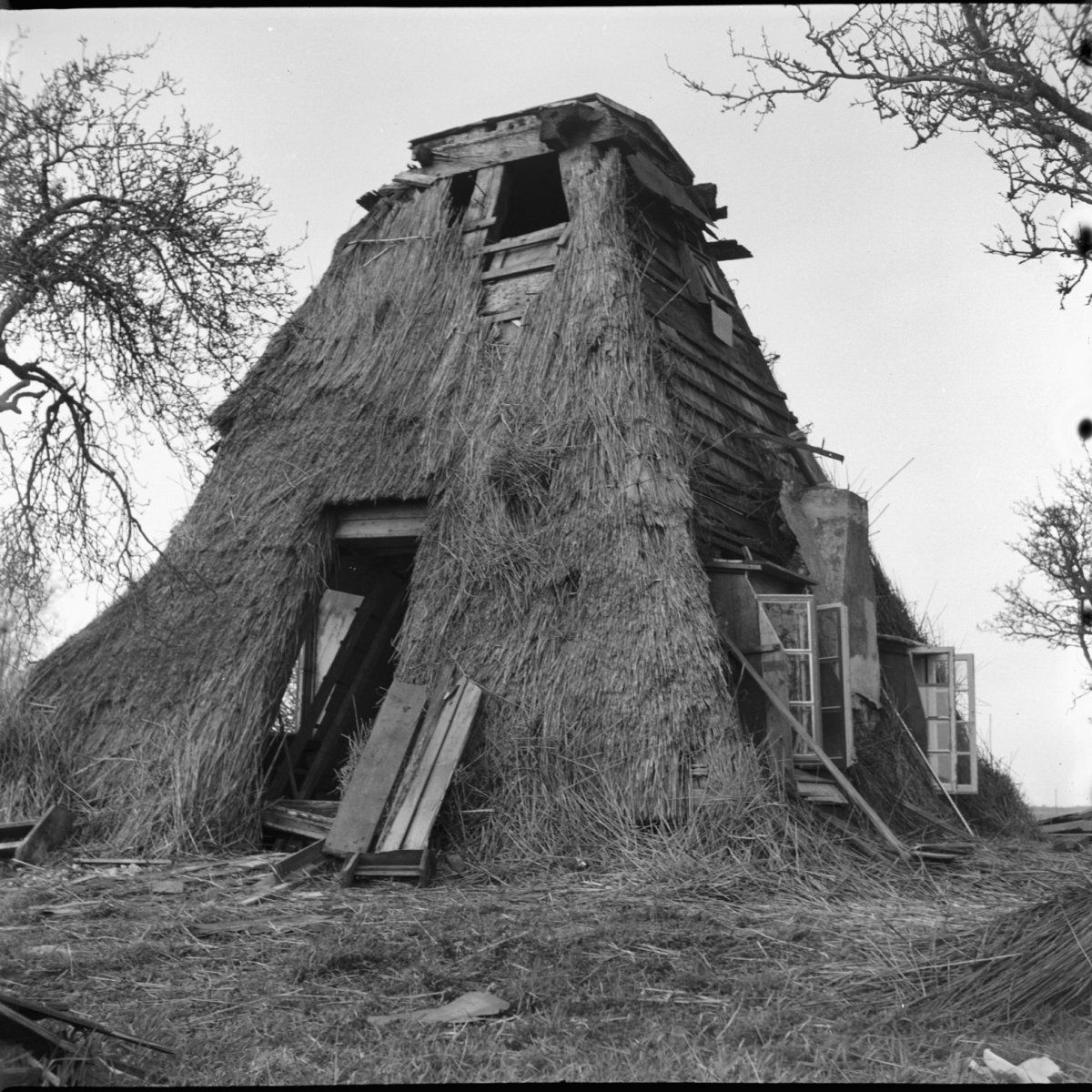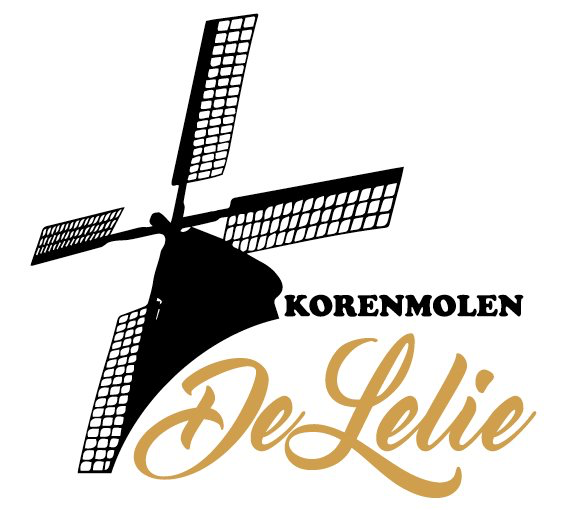History of the mill
The first windmills in the coastal areas along the southern North Sea and the Channel date from the second half of the 12th century. The first windmills appeared in the Netherlands during the 13th century. These are post mills where grain is ground into flour. It was probably not until the 15th century that mills were built for the drainage of polders.





